These Black History Month Printables: Cursive Martin Luther King Handwriting Worksheets will help your third to fifth-grade children learn about Black History and Martin Luther King, Jr. while helping to improve their cursive handwriting skills.
These printable pages are great for working on cursive writing skills and writing out some of the famous quotes by Martin Luther King, Jr.
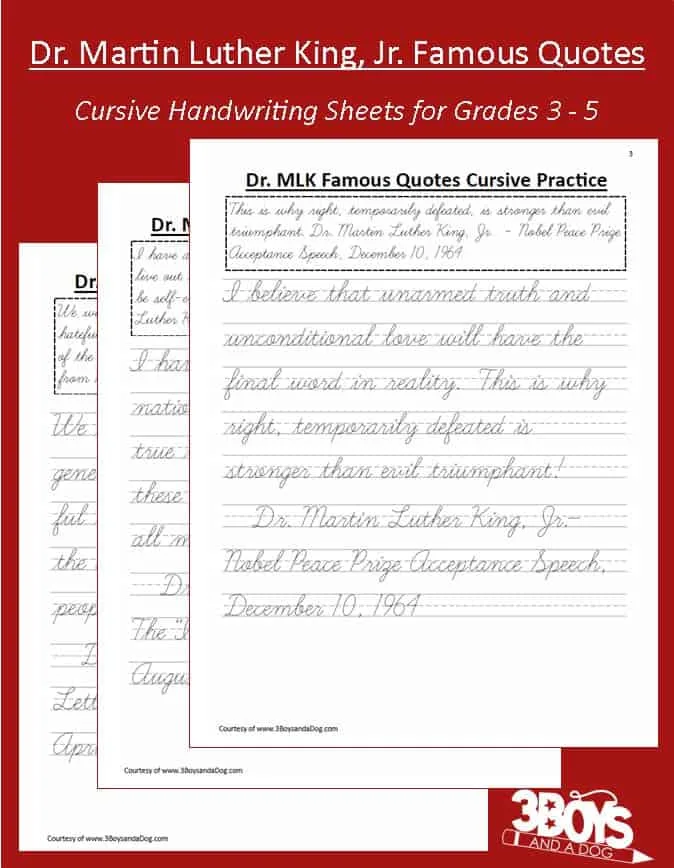
I will be sharing some free Black History Month Printables and other resources to help you in your teachings of Famous Black Americans and the history of our Nation.
Martin Luther King, Jr. was among the most famous Americans in the Civil Rights Movement.
I have decided to stick with love. Hate is too great a burden to bear.
These words of Martin Luther King Jr. are relevant, even after several decades. This Civil Rights leader is one of the most revered world leaders who fought for civil rights. His ideas and ideologies are evergreen and have the depth to guide future generations!
What are the learning benefits of cursive writing?
Cursive writing offers several valuable learning benefits. It requires the use of fine motor skills, which can help to sharpen dexterity in hand movement.
Additionally, there is evidence that cursive writing may facilitate more excellent material retention than other methods, as it engages the body and mind while students learn to form letters.
Furthermore, crafting written words with cursive can be significantly faster than printing techniques; this allows students to develop fluency when communicating their thoughts on paper.
Ultimately, being able to write in cursive equips learners with an important tool to express creativity and convey ideas quickly and effectively.
At what age do children start learning cursive?
Children typically start to learn cursive writing from seven or eight, when their manual dexterity has developed enough to write in cursive.
Studies have demonstrated that writing in cursive is beneficial for various reasons, including increased speed and accuracy when it comes to forming letters and facilitating access to literature written by authors of past centuries.
It has also been posited that learning cursive helps children develop fine motor skills, which can be helpful later in life, particularly in occupations where precise handwriting is required.
For these reasons, teaching children cursive early can give them numerous advantages.
How often should cursive writing skills be practiced?
Cursive writing is an important skill to develop, as it can improve fluency and enhance fine motor skills. It has also been linked to improved reading acquisition and comprehension.
For these reasons, cursive writing should not be treated as a ‘once and done’ practice but rather a continuous refinement process.
To ensure children receive adequate practice, it is recommended that time is allocated at least twice per week for formal cursive instruction with additional informal opportunities such as cursive handwriting in journals or stationery.
This will ensure that they gain sufficient experience with creating individual characters daily while also honing their skills in legibility and handwriting proficiency through formal practice.

How do I encourage children to want to learn cursive?
Encouraging children to learn cursive can be an effective way to foster literacy development and expand the cognitive capacities of young learners.
Teaching these skills in an engaging and educational manner can help make the learning experience enjoyable for students.
For example, by incorporating visual aids such as illustrations and photographs into the lesson, children can more easily comprehend the instructions.
During practice sessions, having them trace letters from a model so they can compare their design to it helps to motivate children to keep trying until they perfect their handwriting.
Additionally, rewarding progress on accomplished goals will inspire them to take pride in their efforts and continue working towards improvement.
Ultimately, with the thoughtful implementation of teaching strategies that account for individual learning needs and styles, success is possible when learning cursive.
What are the different ways to use printable activities like this?
These can be used during the school year, or these printable worksheets can be great educational materials to use with your children. These are great for home schooling and to do during the month of February.
Teaching resources like this are great black history month worksheets that can appeal to various grade levels. Add these to your black history month lesson plans!
What other activities can be paired with this free black history month worksheet?
Use these free printables as a way to launch into other learning activities. You can talk to the kids about famous people who changed the world. This is an excellent resource to pair with coloring pages and the teaching of black history.
You can also talk about key concepts that changed our world during this time, and how people like Rosa Parks, Thurgood Marshall, Ruby Bridges, and Harriet Tubman also changed the world. While some of this can be learned in a history book, some of this is great for conversing about with the kids.
More Martin Luther King Handwriting Worksheets:
Black History: MLK Handwriting Worksheets (grades 1-2)
These Martin Luther King, Jr. Handwriting Pages from This Reading Mama are extra handwriting practice sheets. My kids need all the handwriting practice they can get in my house, so I can never have too many worksheets. LOL!
I hope you find these homeschooling freebies useful for you in your home-school classes!
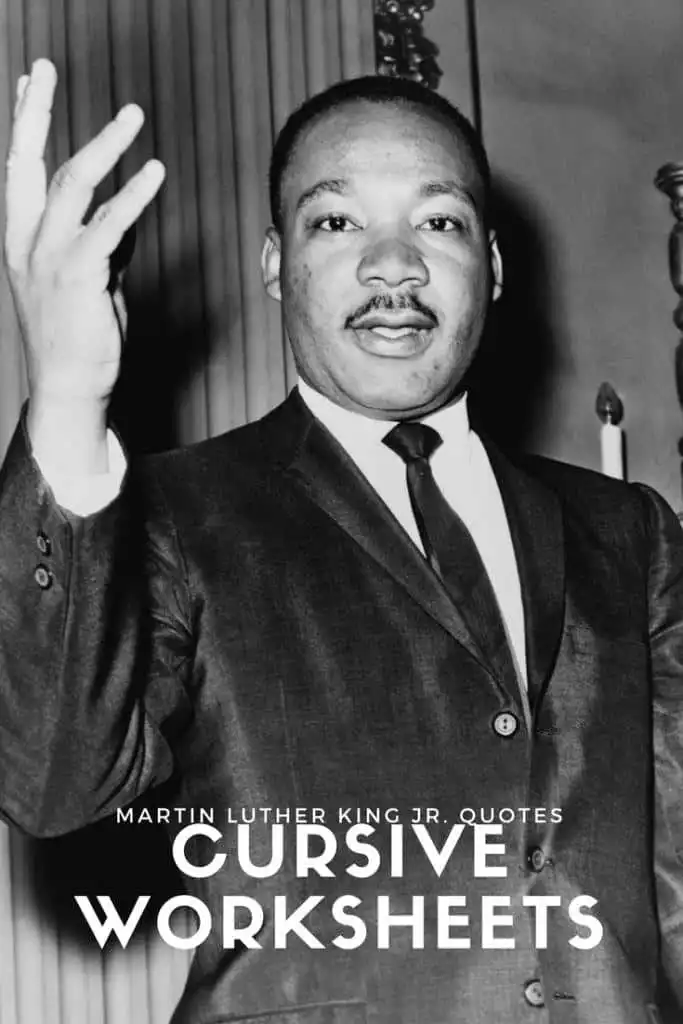
More FREE Dr. Martin Luther King, Jr. Activities:
You can access all of the Black History Month printables here at 3 Boys and a Dog
Free Dr. Martin Luther King Jr resources for kids – videos, printables, and learning activities from IGame Mom!
Black History Educational Goodies:
- Brain Quest Black History
- Black Heritage The Underground Railroad Game
- Black History Reading Comprehension Social Studies Cards
Shop My Learning Printables:
The following homeschool picks of mine can be found in my shop. Simply click the image that interests you!
Black History Books for Kids:
- Book Of Black Heroes From A to Z
- A Kid’s Guide to African American History: More than 70 Activities
- Heroes in Black History: True Stories from the Lives of Christian Heroes
What other Black History Month Printables have you been looking for? Drop me an email, and I might be able to make them and stick them on the blog for you!


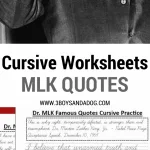

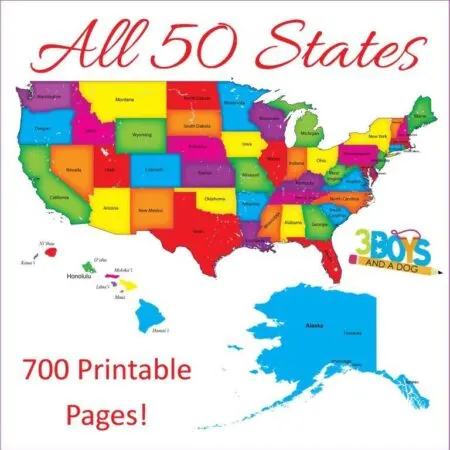
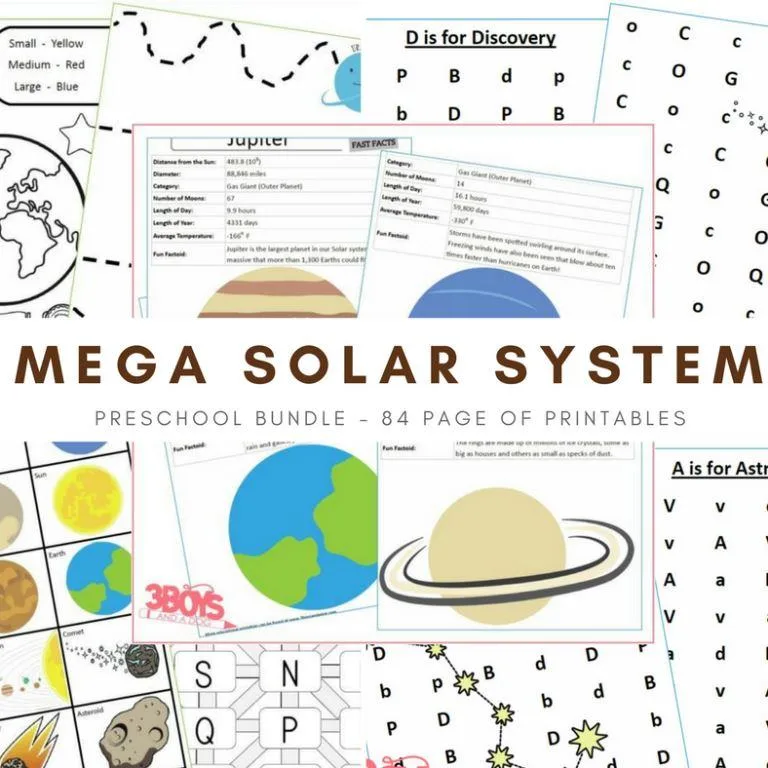
Jamie @ Roubinek Reality
Sunday 19th of January 2014
Such great ideas! Thank you so much for linking up to Something Fabulous Wednesday! I'm pinning this to my kids activities board.
Jess Benoit
Monday 13th of January 2014
Nice! I shared this with my FB homeschool group, Schoolin' Swag! Thanks :)
Holly Homer
Tuesday 7th of January 2014
Very cool!!
Kelli Miller
Tuesday 7th of January 2014
Perfect for even my middle schooler!
3 Boys and a Dog
Tuesday 7th of January 2014
so much fun for teaching about Martin Luther King this month and Black History next month!